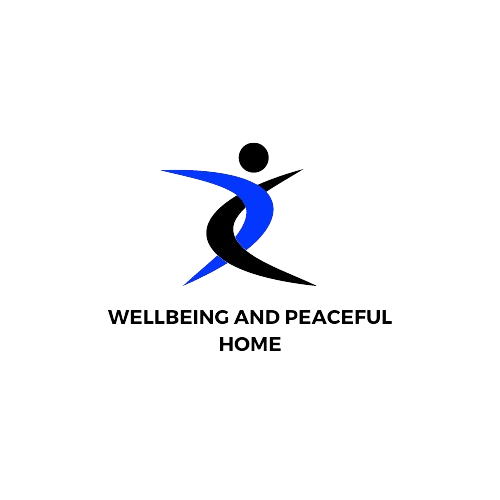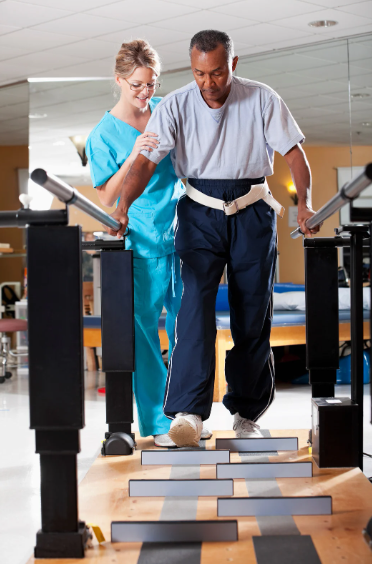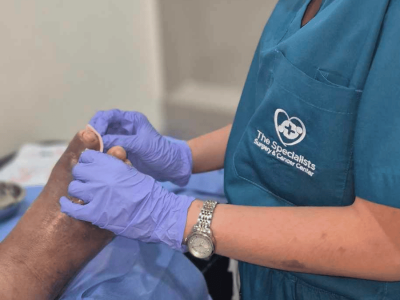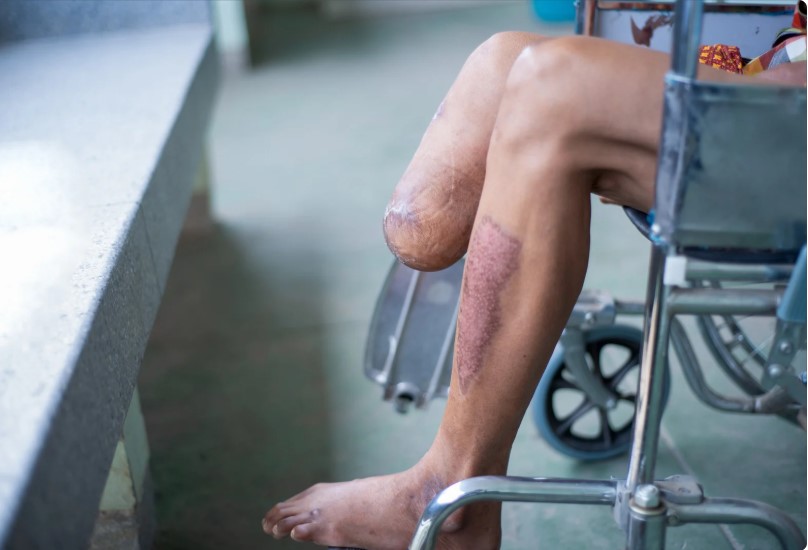Balance and gait disorders are conditions that affect millions of individuals worldwide, significantly impacting their quality of life. Whether due to age, neurological conditions, or injury, these disorders can lead to dizziness, unsteady walking, and even falls. However, with the right treatment approach, individuals can regain their stability and confidence. In this article, we will explore various balance and gait disorders treatment options, providing insights into how people can manage and improve their symptoms.
What Are Balance and Gait Disorders?
Balance and gait disorders are two distinct but often interrelated conditions that affect how we move and perceive our environment.
Balance disorders primarily involve a sense of dizziness or vertigo. This sensation occurs when the brain receives mixed signals from the inner ear, eyes, and other parts of the body responsible for sensing movement. The most common balance issues include vertigo, lightheadedness, and unsteadiness, which can significantly interfere with day-to-day activities.
Gait disorders, on the other hand, refer to issues with walking. People with gait disorders may experience difficulties with coordination, pace, or posture while walking. Conditions like Parkinson’s disease, arthritis, and stroke can lead to gait problems, which may result in slower, more unstable walking.
Both balance and gait disorders are treatable, and understanding the underlying cause is crucial for determining the most effective balance and gait disorders treatment.
Symptoms and Impact of Balance and Gait Disorders
The symptoms of balance and gait disorders can vary from mild dizziness to more severe instability that affects walking and mobility. Common symptoms include:
- Frequent falls
- A feeling of dizziness or vertigo
- Difficulty walking or maintaining balance
- Slurred speech or difficulty swallowing (in severe cases)
The impact of these disorders goes beyond the physical symptoms. People with balance and gait disorders often face anxiety and depression due to fear of falling or losing independence. These disorders can also limit daily activities, affecting a person’s ability to work, exercise, and socialize.
Thankfully, with the right balance and gait disorders treatment, individuals can reduce their symptoms and lead more fulfilling lives.
Diagnosing Balance and Gait Disorders
Accurate diagnosis is crucial for determining the best balance and gait disorders treatment. Healthcare providers typically begin with a comprehensive physical examination, followed by diagnostic tests. These may include:
- Physical exams to assess balance, gait, and coordination.
- Balance tests such as the Dix-Hallpike test for vertigo.
- Gait analysis to identify abnormalities in walking patterns.
- Imaging tests like MRIs or CT scans to rule out underlying neurological conditions.
Working with an experienced medical professional is key in determining the cause of balance and gait disorders. A diagnosis can help identify whether the problem is related to a neurological condition, musculoskeletal issue, or inner ear disorder, allowing for a tailored balance and gait disorders treatment approach.
Treatment Options for Balance Disorders
When it comes to treating balance disorders, there are several approaches that can help restore stability and alleviate symptoms.
Medications
Medications are commonly prescribed to alleviate dizziness and other symptoms of balance disorders. Common drugs include antihistamines, antiemetics, and benzodiazepines, which can reduce symptoms of vertigo and motion sickness. However, medications are typically a short-term solution and are often combined with other therapies for long-term relief.
Physical Therapy: Vestibular Rehabilitation Therapy (VRT)
Vestibular Rehabilitation Therapy (VRT) is a specialized type of physical therapy designed to help individuals with balance issues. VRT focuses on exercises that promote the brain’s ability to compensate for inner ear problems and improve balance. This therapy includes head and eye movements, walking exercises, and posture training to improve coordination and stability.
Lifestyle Changes
Incorporating lifestyle changes is a key part of any balance and gait disorders treatment plan. Patients can reduce the risk of falling by ensuring their home environment is safe. This includes removing obstacles, installing grab bars, and using assistive devices like walkers or canes. Staying hydrated and managing blood pressure also play a role in preventing dizziness and maintaining balance.
Surgical Options
In rare cases, surgery may be required to address underlying causes of balance issues, such as vestibular nerve damage or inner ear problems. Surgery is typically considered when all other treatment options have failed to improve symptoms.
Alternative Therapies
Some patients find relief from balance disorders through alternative therapies such as acupuncture, massage, and chiropractic care. While these treatments may not be suitable for everyone, they can offer additional support for improving balance and reducing dizziness.
Treatment Options for Gait Disorders
Gait disorders can be challenging to manage, but a variety of treatment options are available to improve mobility and prevent falls.
Physical Therapy and Gait Training
Physical therapy is one of the most effective treatments for improving gait stability. Gait training exercises help individuals learn how to walk more efficiently and with better balance. Techniques may include strengthening exercises for the legs and core, as well as training in the use of assistive devices such as walkers or canes.
Medications
Medications can be helpful in treating gait disorders related to neurological conditions. For example, patients with Parkinson’s disease may benefit from medications like levodopa, which help control movement symptoms and improve gait. Muscle relaxants can also be prescribed to reduce stiffness and improve mobility.
Surgical Interventions
In some cases, surgery may be recommended to address the underlying cause of gait problems. This could include joint replacement surgery for arthritis, spinal surgery for issues like herniated discs, or brain surgery for neurological disorders affecting movement.
Exercise and Strengthening Programs
Regular exercise plays a crucial role in improving gait and preventing further deterioration of mobility. Strengthening exercises, particularly those targeting the legs, hips, and core, help improve stability and walking ability. Balance exercises such as Tai Chi or yoga can also enhance coordination and reduce fall risk.
Innovative Technologies
Emerging technologies, such as wearable devices and smart technology, are being used to monitor gait and provide real-time feedback. These technologies can help individuals improve their walking patterns and reduce the risk of falls.
Preventing Falls and Promoting Stability
Preventing falls is a critical part of managing balance and gait disorders. Patients can significantly reduce their fall risk by:
- Performing regular strength and balance exercises.
- Using walking aids like canes or walkers when needed.
- Ensuring their living environment is safe and fall-proof, including non-slip mats and grab bars.
- Taking steps to manage blood pressure and overall health.
By incorporating these strategies into their balance and gait disorders treatment plan, individuals can significantly improve their stability and confidence.
Living with Balance and Gait Disorders: Tips for Better Management
Living with balance and gait disorders requires a proactive approach to managing symptoms and maintaining independence. Here are some tips:
- Stay active: Regular physical activity is essential for improving strength, flexibility, and coordination.
- Seek support: It’s important to have a support system, including family, friends, and healthcare professionals, to help with daily activities and rehabilitation.
- Manage your mental health: Dealing with the fear of falling can lead to anxiety and depression. Mental health support, including counseling or therapy, can help patients cope with these feelings and maintain a positive outlook.
For residents of Central Indiana, seeking professional help from specialized clinics like Osteopractic Physical Therapy of Central Indiana can provide tailored balance and gait disorders treatment. Their team of experts offers personalized physical therapy and rehabilitation services designed to improve balance and gait, helping patients regain their stability.
Takeaway
Balance and gait disorders can significantly impact an individual’s life, but with the right treatment approach, people can regain their stability and confidence. Whether through physical therapy, medications, lifestyle changes, or surgical options, there are a variety of effective treatments available. For those experiencing these conditions, it’s important to seek professional help to develop a comprehensive balance and gait disorders treatment plan.
If you or someone you know is struggling with balance or gait issues, consider reaching out to specialized physical therapy clinics such as Osteopractic Physical Therapy of Central Indiana. Their expert team can provide the care and support needed to help you regain your independence and enjoy a more stable, active life.






